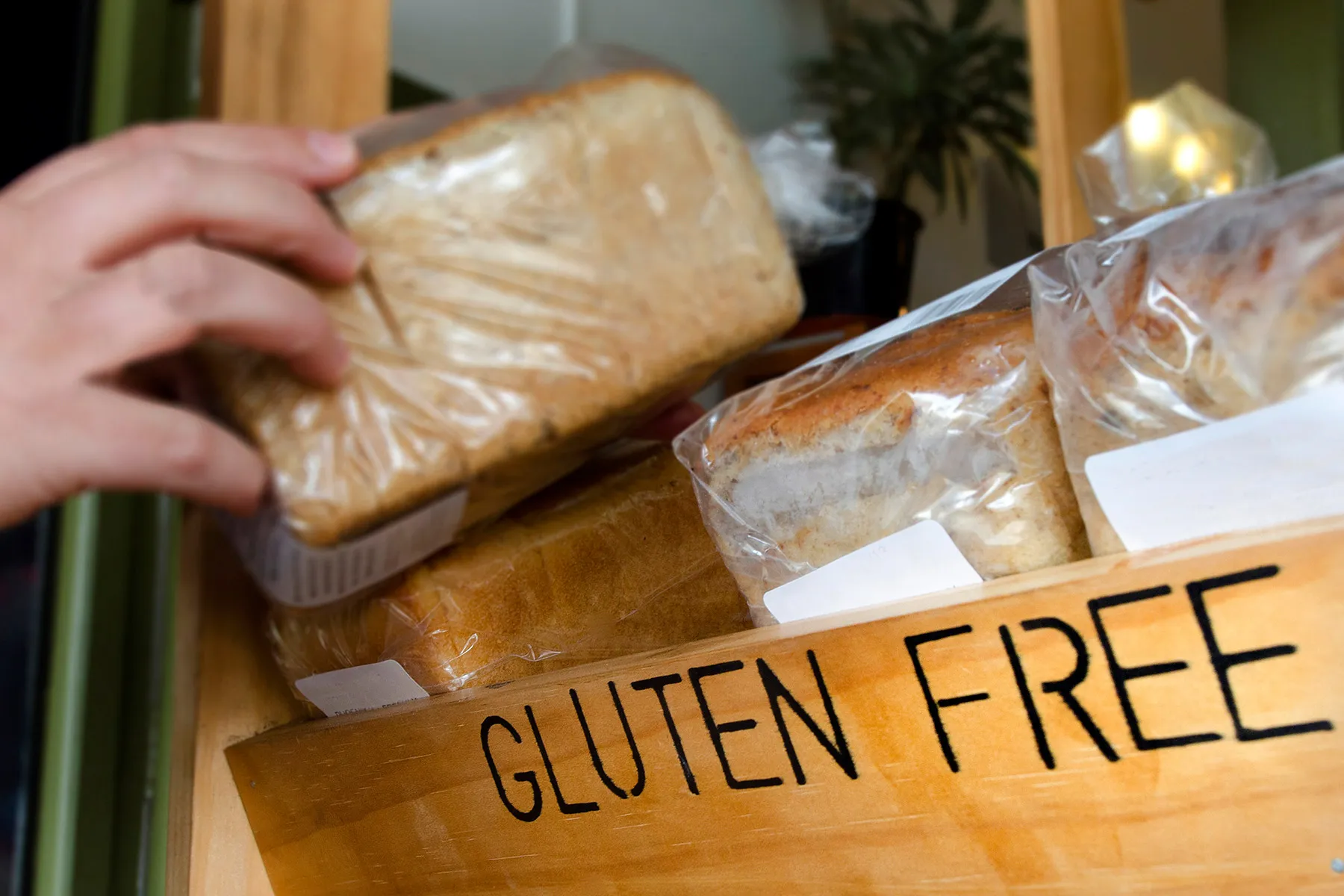WASHINGTON, Sept. 23, 2021 – At the United Nations Food Systems Summit this week, the U.S. Department of Agriculture highlighted $5 billion in planned investments and several steps it has taken to advance the goals of ending hunger and malnutrition and building more sustainable, resilient and inclusive food systems.
These efforts are guided by USDA’s deep commitment to science-based, data-driven decision-making and innovative solutions, and the recognition that trade and well-functioning markets at the local, regional and international levels bolster food security and sustainable food systems.
“We must use the power of ingenuity to improve on food systems so they provide safe, nutritious, affordable and accessible food for all, while conserving natural resources and combating the climate crisis,” said Agriculture Secretary Tom Vilsack.
Advancing U.S. and Summit Goals
For the Summit, USDA led U.S. efforts to promote the Agriculture Innovation Mission for Climate, or AIM4C, with the goal of dramatically increasing public and private investment in climate-smart agriculture and food systems innovation. The number of countries supporting this global initiative has more than tripled since the United States and United Arab Emirates announced it at President Biden’s Leaders’ Summit on Climate in April.
USDA also announced the formation of the Coalition of Action on Sustainable Productivity Growth for Food Security and Resource Conservation (SPG Coalition (PDF, 365 KB)). This global, multi- sector coalition will accelerate the transition to more sustainable food systems through agricultural productivity growth that optimizes the social, economic and environmental dimensions of sustainability.
To help ensure that every child has access to nutritious school meals by 2030, USDA is leading U.S. participation in the coalition on School Meals: Nutrition, Health and Education for Every Child, which supports comprehensive and effective school feeding programs worldwide by advocating for multi-sector coordination, stable funding sources and ongoing research to improve program quality and efficiency.
The United States, led by USDA, is also supporting the global Food is Never Waste Coalition, and reaffirming its commitment to reducing food loss and waste domestically.
Building a Sustainable, Resilient and Inclusive U.S. Food System
Leading up to the Food Systems Summit, USDA hosted three National Food Systems Dialogues to facilitate inclusive dialogue on sustainable food systems. More than 200 stakeholders took part, including farmers, food industry representatives, environmental groups, nutrition and food security advocates, unions and advocates for farm and food systems workers, and researchers.
They discussed challenges and opportunities for building more sustainable, resilient and inclusive food systems in the United States.
USDA is working to advance the priorities of food security and healthy diets for all, climate change mitigation and adaptation, and inclusive and equitable food systems, as described in the U.S. Pathways Forward, through historic investments by the Biden-Harris Administration to build back better in the face of the climate crisis and economic disruptions from COVID-19. USDA plans to invest $5 billion from the American Rescue Plan and from pandemic assistance funds, of which $4 billion is to strengthen food systems through support for food production and improved processing, distribution, and market opportunities. The additional $1 billion is to help bridge the gap from pandemic assistance to food systems transformation by supporting more efficient systems and infrastructure to ensure access to healthy diets for all.
These and other funds are supporting USDA initiatives to improve food security and nutrition. USDA has expanded access to emergency food assistance, extended additional Supplemental Nutrition Assistance Program (SNAP) benefits for food insecure households, and increased the availability of fresh foods through food banks and nonprofit organizations. USDA is also modernizing SNAP benefits to better enable recipients to afford healthy foods and is investing in technological improvements to expand access to SNAP and facilitate online grocery purchases.
To combat the climate crisis, USDA is pursuing a department-wide approach through investments in rural infrastructure, clean energy capabilities, scientific research, and programs to promote conservation and climate-smart agriculture. USDA is also implementing its recently released Climate Smart Agriculture and Forestry Strategy and ramping up action to reduce food loss and waste through public-private partnerships, education and outreach, and investments supporting recycling and upcycling.
Finally, equity and inclusion are central to all USDA’s efforts. USDA is advancing equity and inclusion in food systems by supporting historically underserved farmers and ranchers, farm and food workers, business owners and communities; strengthening resilient supply chains and local and regional food systems; and building a fair marketplace for all producers.
#
USDA is an equal opportunity provider, employer, and lender.
Note: This article have been indexed to our site. We do not claim legitimacy, ownership or copyright of any of the content above. To see the article at original source Click Here













